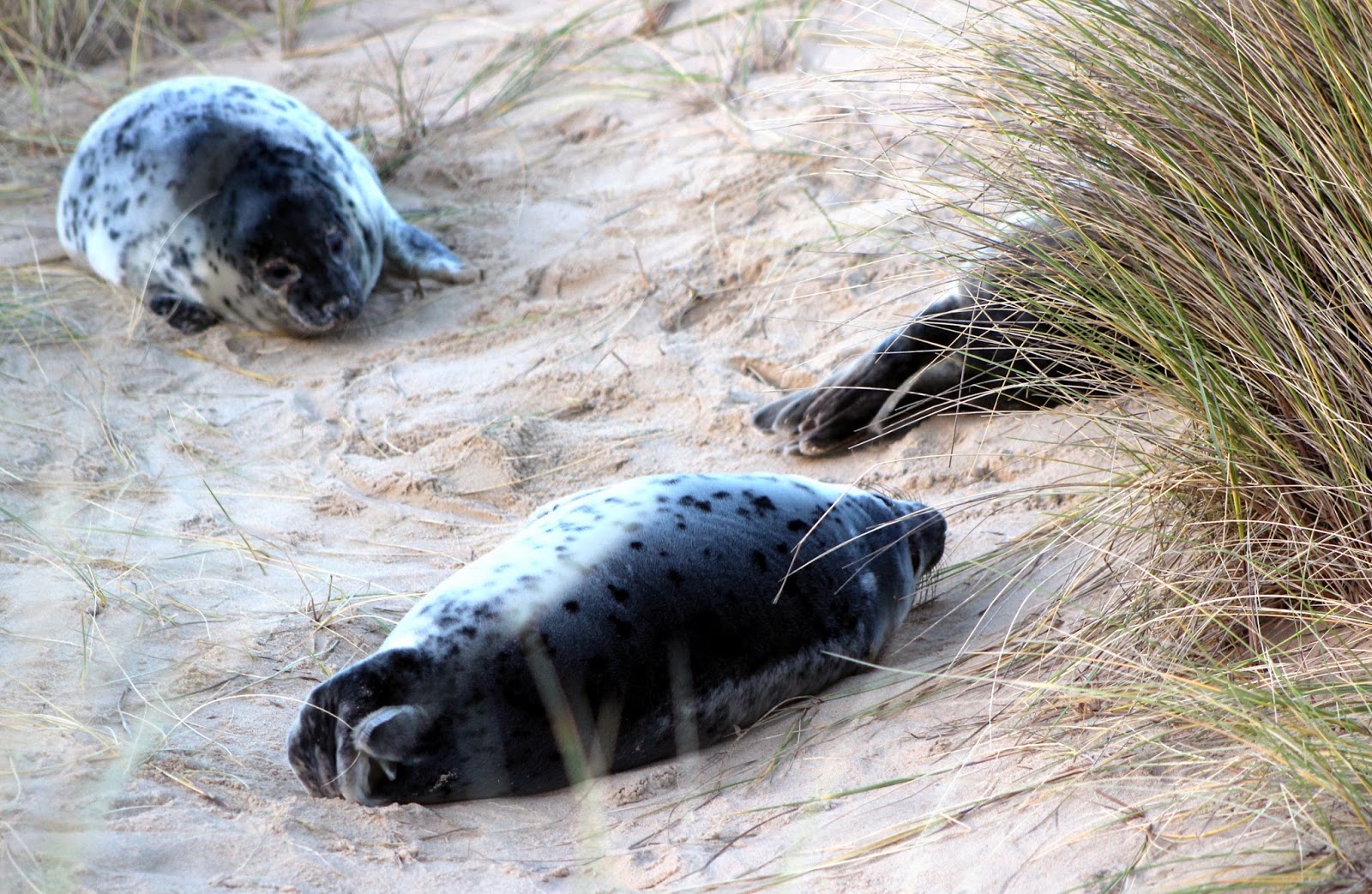A wet, muddy but beautiful evening walk at the Strumpshaw bird reserve, Norolk. I grew up here, in Strumpshaw not in the reed-beds themselves, and the smell of the dykes, emotive call of the coots and the cough of the pheasants are all familiar and take me straight back to a childhood spent exploring with my friends, binoculars and fishing rod. We talked to our friend John, RSPB warden in the hide, and he let us scan the reed fringes with his telescope in the hope that we might spot an evening bittern. Others have seen bittern and otter within the last 24 hours and the excited scrawls on the clip board records in both hides bear testament to the close proximity of these wonders, but today they eluded us. We took the bold decision to walk to the river (Yare) and then on to the tower hide, the best part of a mile into the deserted reserve. With children largely carried and skidding in the mud we made it to the hide and climbed the wooden steps to look out over the sunset and the birds coming in to roost. Geese, ducks, small waders and a flock of excited lapwing were all settling on the small pools. The highlight of the walk was watching 5 marsh harriers tumbling in the wind over the reed-beds. We saw them a number of times over the hour before the sun set, briefly hunting over the beds on the south side of the river towards Claxton before returning, harried by rooks, to their roost. Perhaps they are parents and young, or a group of young birds working together in some way ? We trudged and slipped through the mud on our return to the van, arriving home in the dark.
A collection of writing, images and sounds inspired by natural history, by Somerset artist Duncan Cameron and Norfolk musician Adam Clark
Monday, 30 December 2013
Saturday, 28 December 2013
Seals at Winterton - Norfolk Coast
A terrific walk along the coast at Winterton. Having learnt our lesson last year we chose to avoid Horsey, as the popularity of the seal pupping draws an astonishing crowd over the Christmas holiday. The seals here, and along the coast at Blakeney spit, have raised well over 1000 pups this year and although many were briefly washed away by the pre-Christmas tidal surge and storm it now appears that most managed to find shelter, although some were rescued. Walking along the big open beach was as beautiful and inspiring as ever with the children running ahead and the boys leaping off the sand dunes. A large bull seal watched us from the surf as it made it's way along the coast, the large black head appearing briefly with a snort and a peak at us on the sand looking back. As the dunes levelled out into a series of sheltering rises we began to find evidence of this years breeding, 3 seal carcases in quick succesion, all young and probably only a month of 2 old having recently developed their dappled coat. The young seals, born at about 30lbs, put on 4.5lbs a day feeding from their mothers 60% fat milk. Once they reach about 100lbs and loose their white coats the mothers abandon the pups inthe dunes where they remain in little groups until they are hungry enough to make their way to the sea and begin the next stage of their lives. Although only about 5% die as young pups, 50% don't make it through the first year, a measure of the rough start they must get when they first crawl into the wintery North Sea. It's always tremendously exciting to see the seals in the dunes and particularly so with our children, knowing that they will remember these moments on this beautiful shoreline and perhaps bring their own children back in years to come.
Subscribe to:
Posts (Atom)





